By Jacky Blisson MW
Frost, hail, heatwaves, drought, wildfires… The 2022 growing season threw more than its share of challenges at Bordeaux grape growers. And yet, early reports from across the region categorize the vintage as very promising.
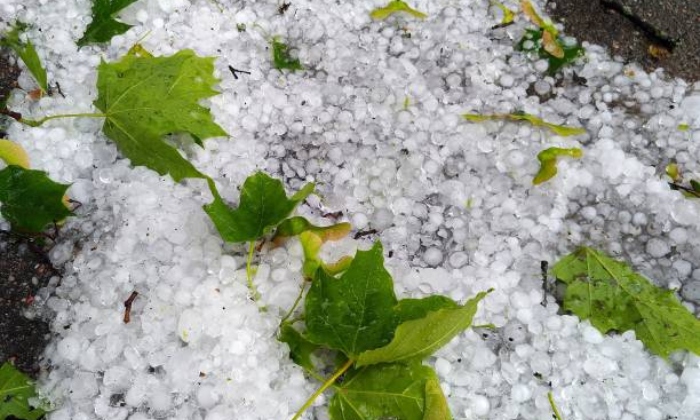
Record-Breaking Growing Season
In Bordeaux, the 2022 vintage broke thirty-year meteorological records for heat and drought. The winter was far drier and cooler than usual. Arid conditions continued through the spring, with temperatures warming up early. The fair, dry weather pushed budbreak forward and ensured successful flowering.
Frost episodes in April cut yields in certain areas but didn’t cause any major damage. The real trouble began in June, when temperatures spiked, and several violent, localized hailstorms rained down decimating plants, reducing yields even further in certain sectors.
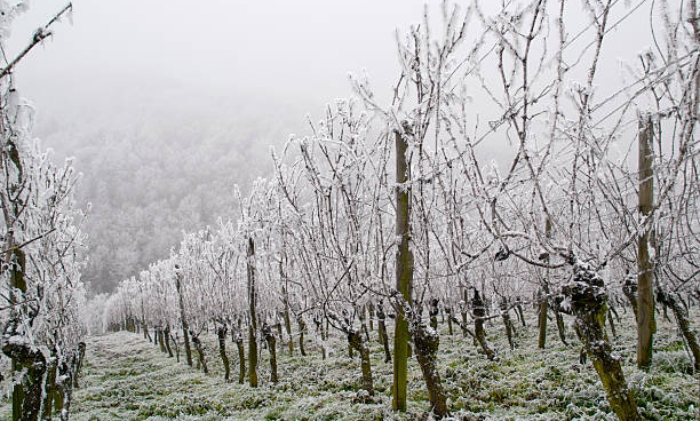
Hail was followed by soaring temperatures with reports of 40 °C weather in areas. The extreme heat persisted throughout July and into August, causing drought issues. Older vines, with deeper root systems, fared better than new plantings, though emergency irrigation was permitted in places like Pessac-Léognan, Pomerol, and Saint-Émilion.
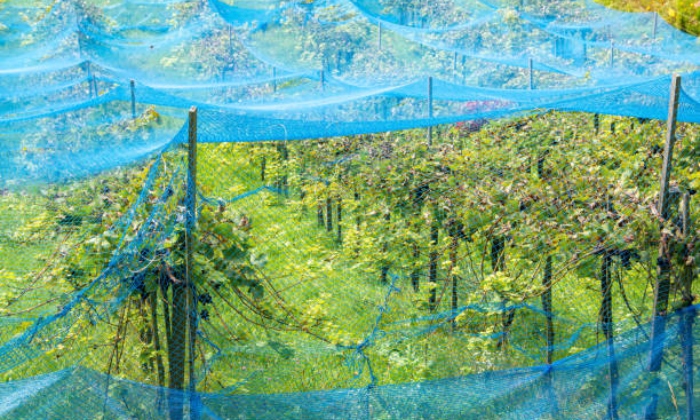
Rampant wildfires destroyed thousands of hectares of forest near vineyards. Bordeaux winemakers feared that grapes would be affected by smoke taint, altering their flavour profile. Thankfully, intensive laboratory and organoleptic grape testing revealed that quality had not been compromised.
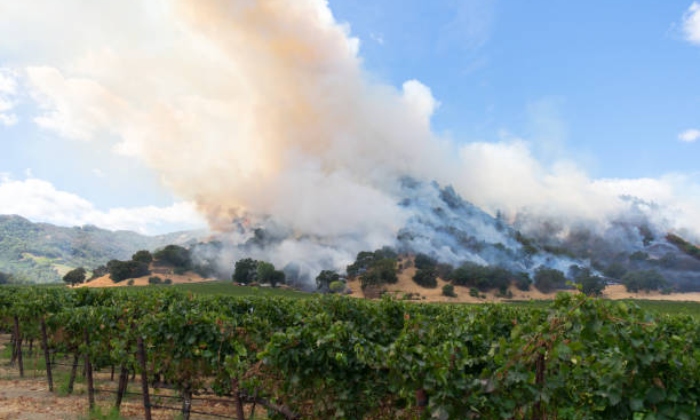
Mercifully, August brought cooler nighttime temperatures. This slowed ripening, allowing acidity to be preserved, and tannin ripeness to catch up to soaring sugar levels. Overall, this rollercoaster of a season resulted in a small crop of tiny, thick-skinned grapes, harvested – on average – two to three weeks earlier than usual.
Rich, Concentrated Wines
Most 2022 vintage wines are still ageing patiently in tank or barrel, so it is too early for a definitive quality statement. However, Bordeaux red winemakers are reporting ripe, powerful wines with alcohol levels on the higher side.
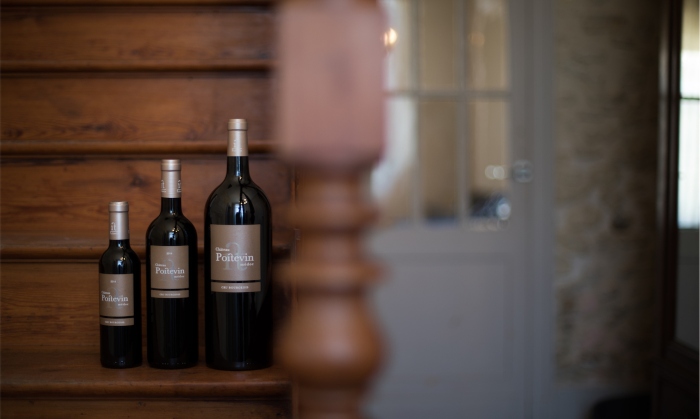
In Right Bank appellations, Saint-Émilion, Pomerol, and Blaye, major grapes Merlot and Cabernet Franc are particularly perfumed. On the Left Bank, in the Médoc and Graves, late ripening Cabernet Sauvignon benefited from its longer hangtime. Initial fears of bitter, unripe tannins were assuaged by more even ripening brought by the cooler nights in late August and September.
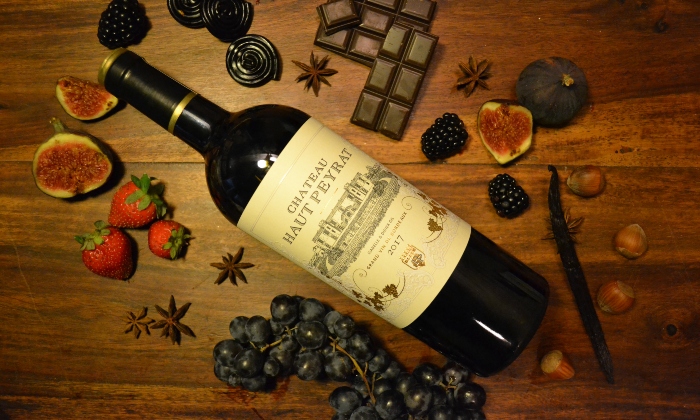
Sauternes producers are also optimistic about quality. The warm, dry summer conditions kept disease pressure low. Much-needed late season rains provoked good botrytis development, the “noble” fungus that shrivels Sauternes grapes allowing for their complex aromas, concentrated core, and lusciously sweet character to develop.
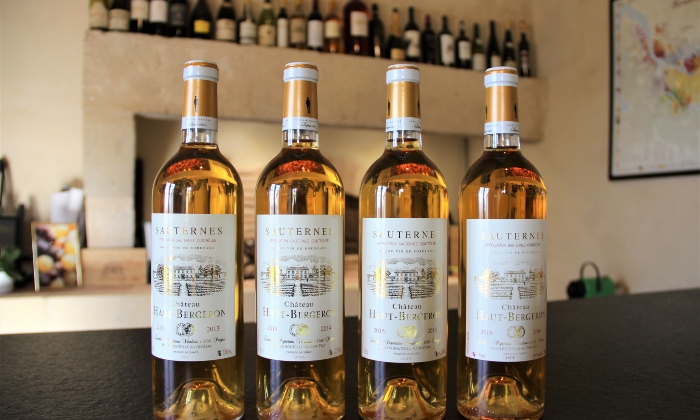
In white wine strongholds like the Entre-Deux-Mers, harvest began in mid August and yielded round, fruit forward wines. These supple whites should provide excellent value for early drinking.
Brief Overview of Previous Vintages
2020
Rainy early season weather gave way to a hot summer with heavy mildew pressure. An early harvest season, with uneven quality. The best are silky and charming, though watch out for some poor fruit definition and hard tannins from underperformers.
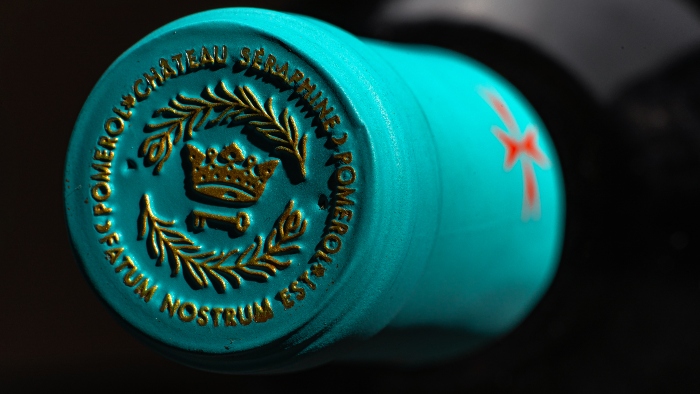
2019
A hot, dry summer with sufficient rainfall to produce a balanced crop. Dense, ripe fruited wines are common from the best areas of the Haut Médoc, Pomerol, and Saint Emilion. The outlying areas are more hit and miss.
2018
A stellar low-yielding vintage. Early rains provided ample water reserves for the very hot, dry season that followed. The Left Bank produced complex, tannic wines for ageing. The Right Bank is also strong, though marginally less consistent.
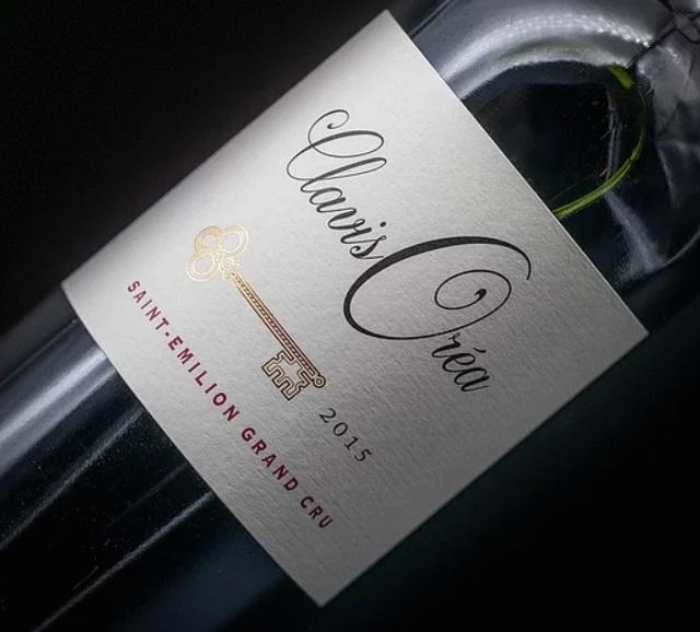
2017
Punishing frosts hit early causing yields to plummet and late season rains caused some dilution. A good – if not great – early drinking vintage with fresh, lighter wines from Haut Médoc and Saint-Emilion producers. Pomerol gave fruity, velvety wines.
2016
An exceptional Left Bank vintage, often likened to the outstanding 2010s. The balance of rain, heat, and dry weather was excellent. These wines are structural powerhouses, with elegance, freshness, and complex flavours. Quality on the Right Bank was also high.
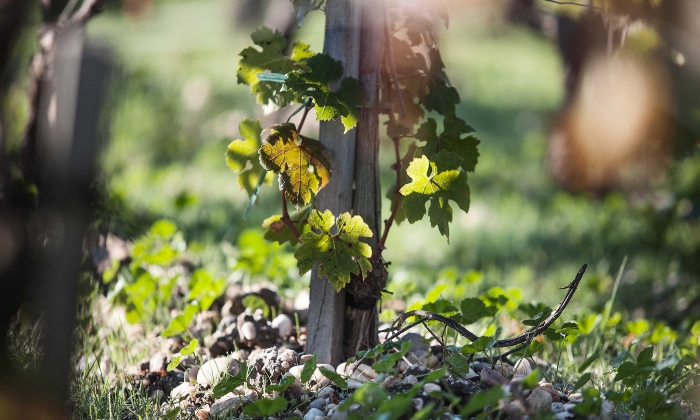
2015
An incredible vintage for Right Bank Bordeaux. Very warm and dry throughout, producing dense, fleshy wines with balanced freshness. Left Bank wines are opulent in style. Margaux was a particular stand-out.
2014
A cloudy, wet summer saved by drier late season conditions. Not a stand-out for quality, but many juicy, easy-drinking wines that offer good value.
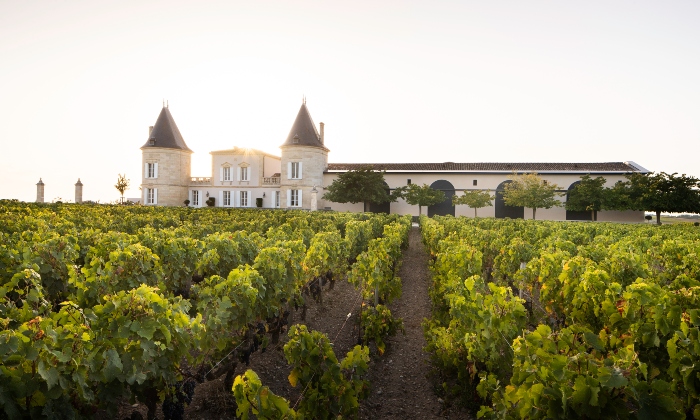
2013
Quite a wet vintage overall, producing light, fresh, early-drinking wines. While not a memorable vintage elsewhere, 2013 Sauternes is racy and elegant, with vivid flavours.
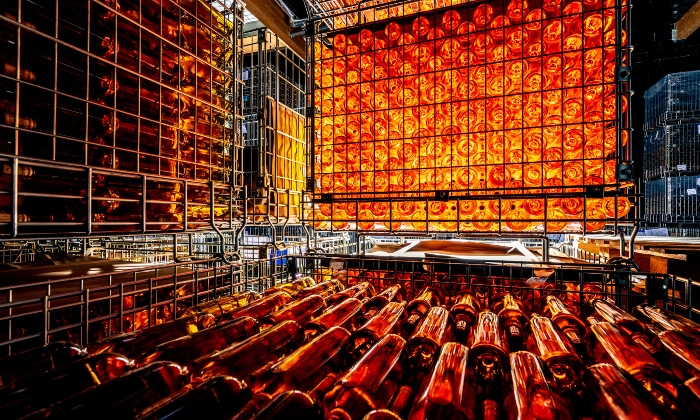

Jacky Blisson MW is an independent wine educator, writer, and consultant with over two decades of experience in all facets of the global wine trade. She is the first Master of Wine in Québec and one of only ten across Canada.

